17.08.2025
Giant Radar Antenna Reflector on NASA-ISRO Satellite in Full ‘Bloom’
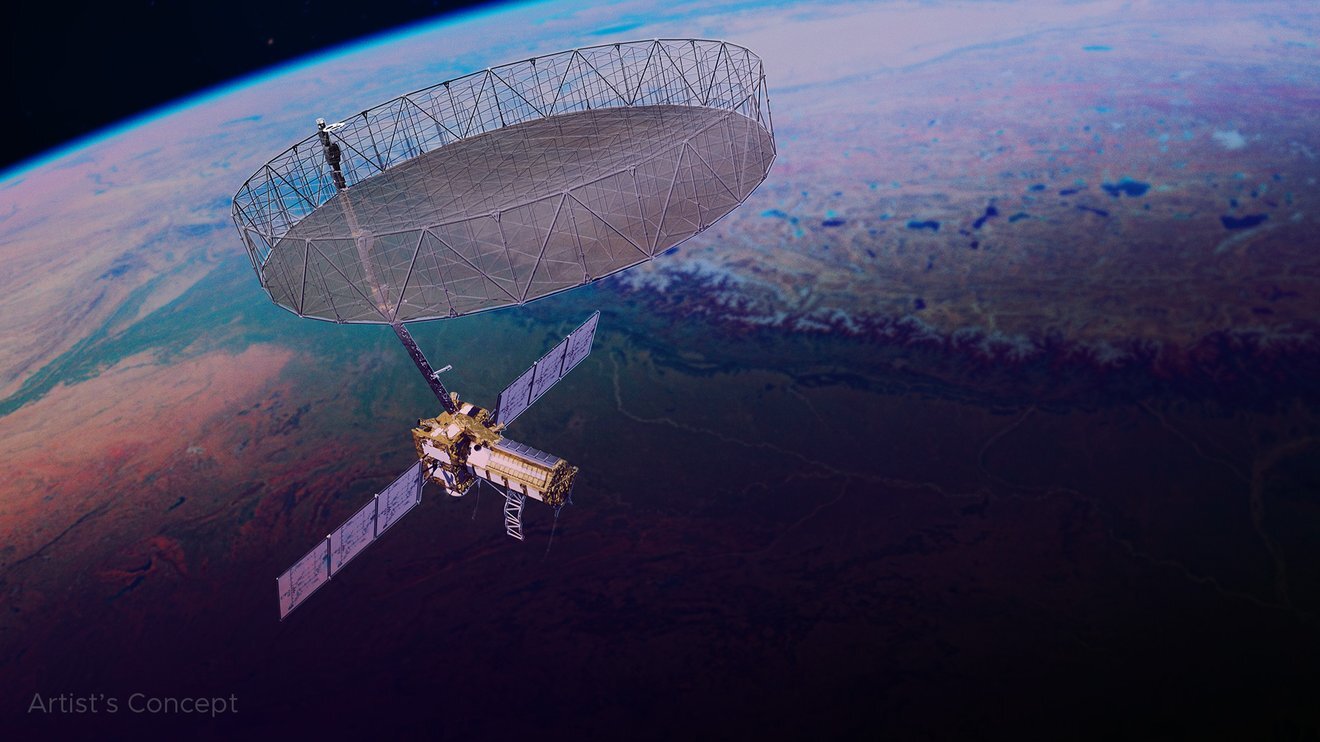
The NISAR satellite uses a radar antenna reflector that’s 39 feet (12 meters) in diameter to gather information about Earth’s changing surface. The mission scans nearly all the planet’s land and ice surfaces twice every 12 days.
Credit: NASA/JPL-Caltech
Seventeen days after NISAR’s launch from southeastern India, an essential piece of science hardware has unfurled in orbit.
Spanning 39 feet (12 meters), the drum-shaped antenna reflector on the NISAR (NASA-ISRO Synthetic Aperture Radar) satellite mission from NASA and the Indian Space Research Organisation (ISRO) successfully unfurled in low Earth orbit. The reflector had been stowed, umbrella-like, until the 30-foot (9-meter) boom that supports it could be deployed and locked in place.
Launched by ISRO on July 30 from the Satish Dhawan Space Centre on India’s southeastern coast, NISAR will track the motion of ice sheets and glaciers, the deformation of land due to earthquakes, volcanoes, and landslides, and changes in forest and wetland ecosystems down to fractions of an inch. It also will aid decision-makers in fields as diverse as disaster response, infrastructure monitoring, and agriculture.
“The successful deployment of NISAR’s reflector marks a significant milestone in the capabilities of the satellite,” said Karen St. Germain, director, Earth Science Division at NASA Headquarters in Washington. “From innovative technology to research and modeling to delivering science to help inform decisions, the data NISAR is poised to gather will have a major impact on how global communities and stakeholders improve infrastructure, prepare for and recover from natural disasters, and maintain food security.”
The mission carries the most sophisticated radar systems ever launched as part of a NASA mission. In a first, the satellite combines two synthetic aperture radar (SAR) systems: an L-band system that can see through clouds and forest canopy, and an S-band system that can see through clouds as well but is more sensitive to light vegetation and moisture in snow. The reflector plays a key role for both systems, which is why the successful deployment of the hardware is such a significant milestone.
“This is the largest antenna reflector ever deployed for a NASA mission, and we were of course eager to see the deployment go well. It’s a critical part of the NISAR Earth science mission and has taken years to design, develop, and test to be ready for this big day,” said Phil Barela, NISAR project manager at NASA’s Jet Propulsion Laboratory in Southern California, which managed the U.S. portion of the mission and provided one of the two radar systems aboard NISAR. “Now that we’ve launched, we are focusing on fine-tuning it to begin delivering transformative science by late fall of this year.”
How Bloom Works
Weighing about 142 pounds (64 kilograms), the reflector features a cylindrical frame made of 123 composite struts and a gold-plated wire mesh. On Aug. 9, the satellite’s boom, which had been tucked close to its main body, started unfolding one joint at a time until it was fully extended about four days later. The reflector assembly is mounted at the end of the boom.
Then, on Aug. 15, small explosive bolts that held the reflector assembly in place were fired, enabling the antenna to begin a process called the “bloom” — its unfurling by the release of tension stored in its flexible frame while stowed like an umbrella. Subsequent activation of motors and cables then pulled the antenna into its final, locked position.
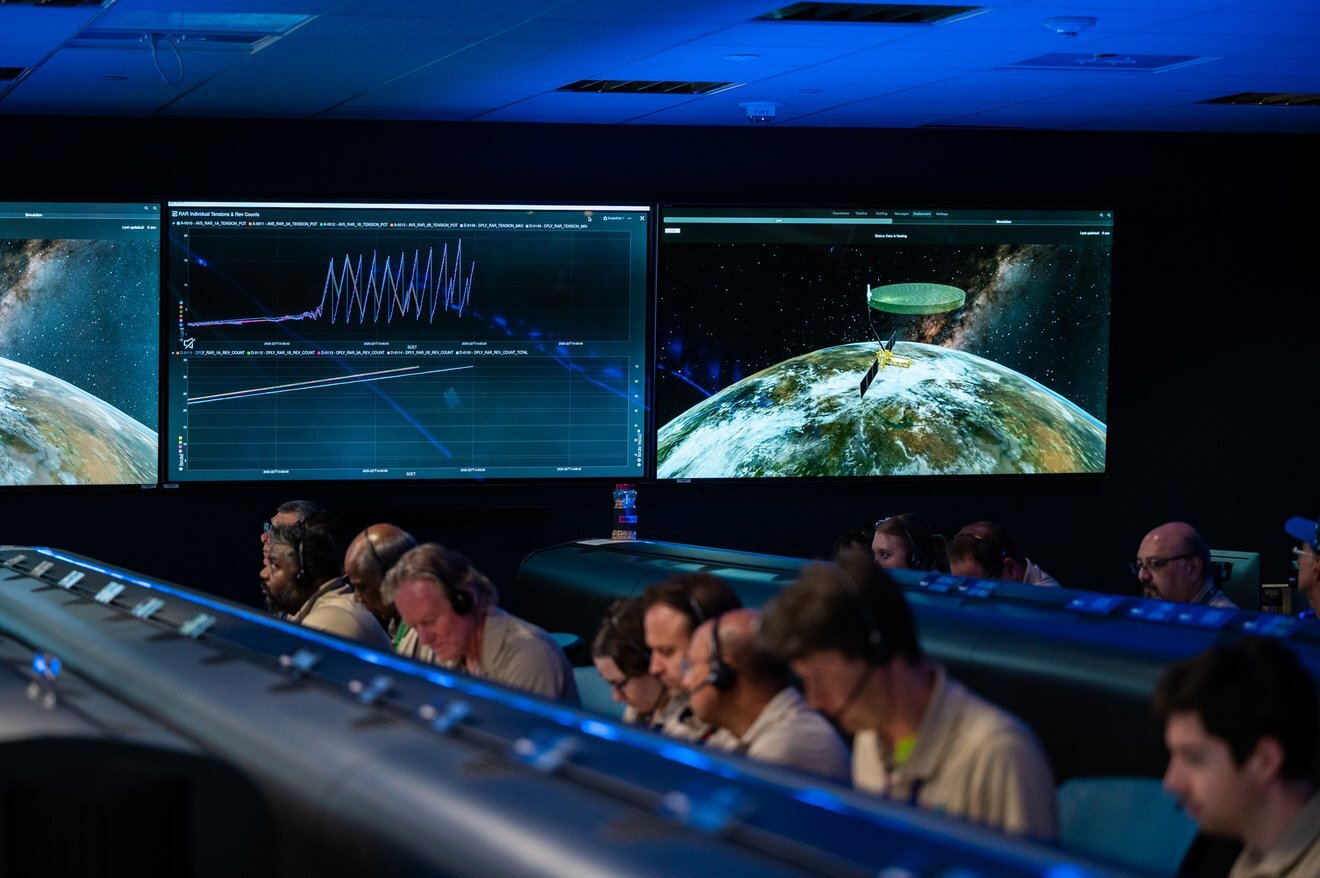
NISAR team members at JPL, along with colleagues at ISRO facilities in India, deployed the satellite’s radar antenna reflector. Depicted on the screen at right, the reflector unfurled from 2 feet (0.6 meters) across in its stowed configuration to its full size, 39 feet (12 meters), in 37 minutes.
Credit: NASA/JPL-Caltech
To image Earth’s surface down to pixels about 30 feet (10 meters) across, the reflector was designed with a diameter about as wide as a school bus is long. Using SAR processing, NISAR’s reflector simulates a traditional radar antenna that for the mission’s L-band instrument would have to be 12 miles (19 kilometers) long to achieve the same resolution.
“Synthetic aperture radar, in principle, works like the lens of a camera, which focuses light to make a sharp image. The size of the lens, called the aperture, determines the sharpness of the image,” said Paul Rosen, NISAR’s project scientist at JPL. “Without SAR, spaceborne radars could generate data, but the resolution would be too rough to be useful. With SAR, NISAR will be able to generate high-resolution imagery. Using special interferometric techniquesthat compare images over time, NISAR enables researchers and data users to create 3D movies of changes happening on Earth’s surface.”
The NISAR satellite is the culmination of decades of space-based radar development at JPL. Starting in the in the 1970s, JPL managed the first Earth-observing SAR satellite, Seasat, which launched in 1978, as well as Magellan, which used SAR to map the cloud-shrouded surface of Venus in the 1990s.
More About NISAR
The NISAR mission is a partnership between NASA and ISRO spanning years of technical and programmatic collaboration. The successful launch and deployment of NISAR builds upon a strong heritage of cooperation between the United States and India in space. The data produced by NISAR’s two radar systems, one provided by NASA and one by ISRO, will be a testament to what can be achieved when countries unite around a shared vision of innovation and discovery.
The ISRO Space Applications Centre provided the mission’s S-band SAR. The U R Rao Satellite Centre provided the spacecraft bus. Launch services were through Satish Dhawan Space Centre. After launch, key operations, including boom and radar antenna reflector deployment, are being executed and monitored by the ISRO Telemetry, Tracking and Command Network’s global system of ground stations.
Managed by Caltech in Pasadena, JPL leads the U.S. component of the project. In addition to the L-band SAR, reflector, and boom, JPL also provided the high-rate communication subsystem for science data, a solid-state data recorder, and payload data subsystem. NASA’s Goddard Space Flight Center in Greenbelt, Maryland, manages the Near Space Network, which receives NISAR’s L-band data.
Quelle: NASA
----
Update: 30.08.2025
.
NASA-ISRO Mission Aces Checkouts, on Track to Start Delivering Science
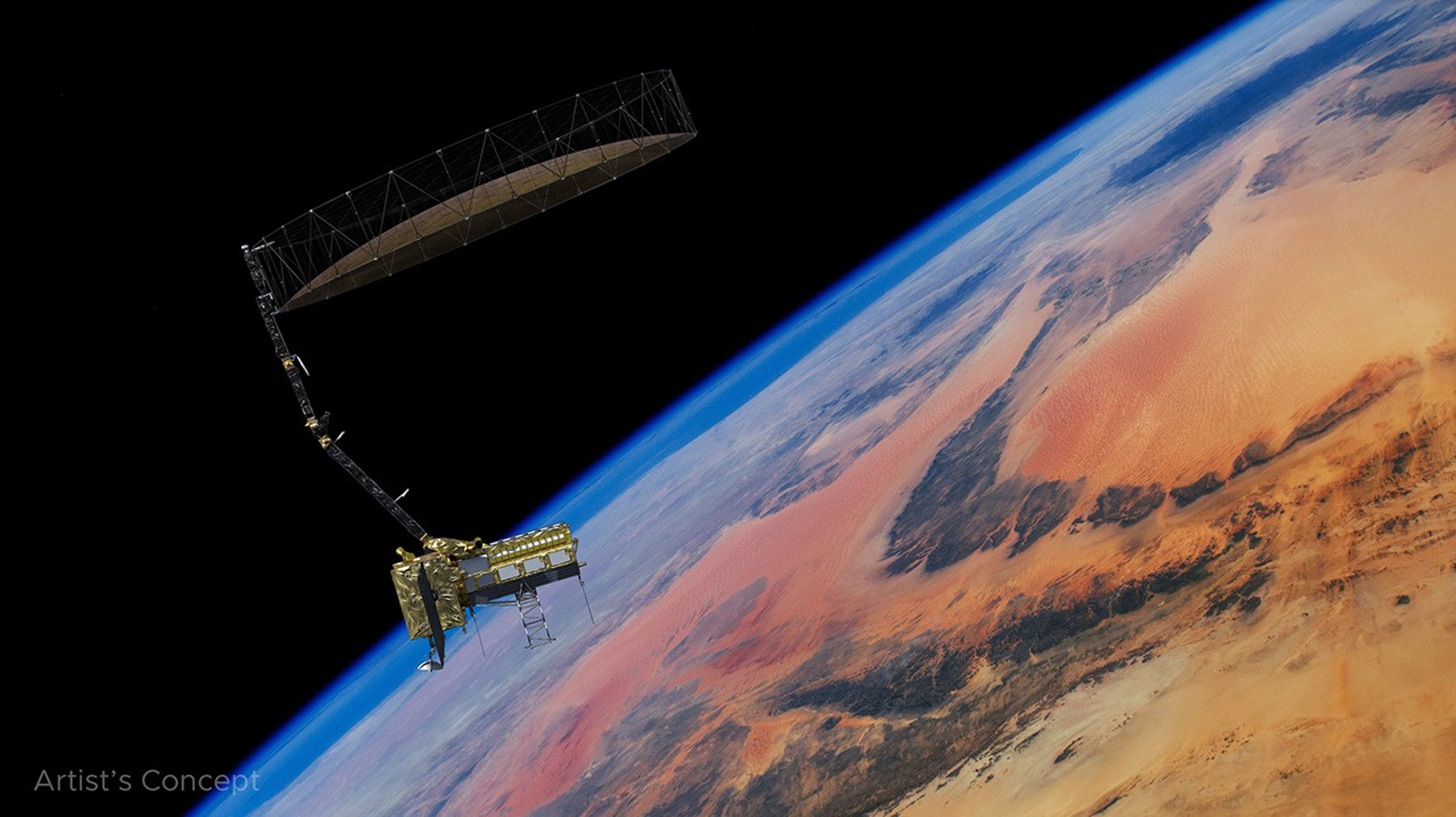
After launching July 30, the NISAR (NASA-ISRO Synthetic Aperture Radar) Earth-observing radar satellite mission, a joint effort between NASA and the Indian Space Research Organisation (ISRO), is on schedule to start science operations this fall.
Following the deployment of its 39-foot (12-meter) radar antenna reflector on Aug. 15, engineers powered on the satellite’s L-band and S-band synthetic aperture radar (SAR) systems, which, together, will track movement of Earth’s ice and land surfaces in unprecedented detail.
In addition, the spacecraft, including the radar payload, has passed all of the preliminary checks performed by NASA and ISRO mission teams to ensure they are operating normally. The mission began raising the satellite to its operational orbit, 464 miles (747 kilometers, mean altitude), on Aug. 26.
The mission team anticipates having science-quality radar images in the coming weeks. Full science operations have been scheduled to begin about 90 days after launch.
The NISAR mission is the first to carry two SAR systems. The L-band radar transmits and receives signals at a 10-inch (24-centimeter) wavelength, enabling it to penetrate forest canopies and measure soil moisture, forest biomass, and the motion of land and ice surfaces. The S-band radar, which uses a 4-inch (10-centimeter) wavelength, is more sensitive to small vegetation and observing certain types of agriculture, grassland ecosystems, and moisture in snow. Both systems can collect data through clouds and precipitation, day and night.
The satellite will monitor most of Earth’s land and ice surfaces twice every 12 days, tracking changes in the planet’s forests, frozen surfaces, major infrastructure, and crust down to fractions of an inch. The lattermost is a key measurement in understanding how the land surface moves before, during, and after earthquakes, volcanic eruptions, and landslides.
More About NISAR
The NISAR mission is a partnership between NASA and ISRO spanning years of technical and programmatic collaboration. The successful launch and deployment of NISAR builds upon a strong heritage of cooperation between the United States and India in space. The data produced by NISAR’s two radar systems, one provided by NASA and one by ISRO, will be a testament to what can be achieved when countries unite around a shared vision of innovation and discovery.
The ISRO Space Applications Centre provided the mission’s S-band SAR. The U R Rao Satellite Centre provided the spacecraft bus. Launch services were through Satish Dhawan Space Centre. After launch, key operations, including boom and radar antenna reflector deployment, are being executed and monitored by the ISRO Telemetry, Tracking and Command Network’s global system of ground stations.
Managed by Caltech in Pasadena, NASA’s Jet Propulsion Laboratory in Southern California leads the U.S. component of the project. In addition to the L-band SAR, reflector, and boom, JPL also provided the high-rate communication subsystem for science data, a solid-state data recorder, and payload data subsystem. NASA’s Goddard Space Flight Center in Greenbelt, Maryland, manages the Near Space Network, which receives NISAR’s L-band data.
Quelle: NASA
----
Update: 30.11.2025
.
RADAR Antenna Deployment
After the successful launch of NASA ISRO Synthetic Aperture Radar (NISAR) satellite onboard GSLV – F16 on July 30, 2025, the 12m diameter Antenna reflector has been successfully deployed. The 12-meter diameter antenna reflector plays a key role for both ISRO’s S-Band and NASA’s L-Band Synthetic Aperture Radar (SAR) Payload. The antenna was launched in a stowed condition on a 9m long boom, which was tucked closed to the satellite. The antenna and the 9m boom was developed by NASA.
The unfolding of the joints of the boom commenced on August 09, 2025 and was carried out over a period of five (05) days (Wrist, Shoulder, Elbow and Root deployments). The reflector assembly mounted on the end of the boom was deployed successfully on August 15, 2025 and the performance of the antenna systems are satisfactory.
The entire operations were carried out from ISRO Telemetry Tracking and Command Network (ISTRAC), ISRO with the support of JPL/NASA.
12m dia antenna reflector deployment image
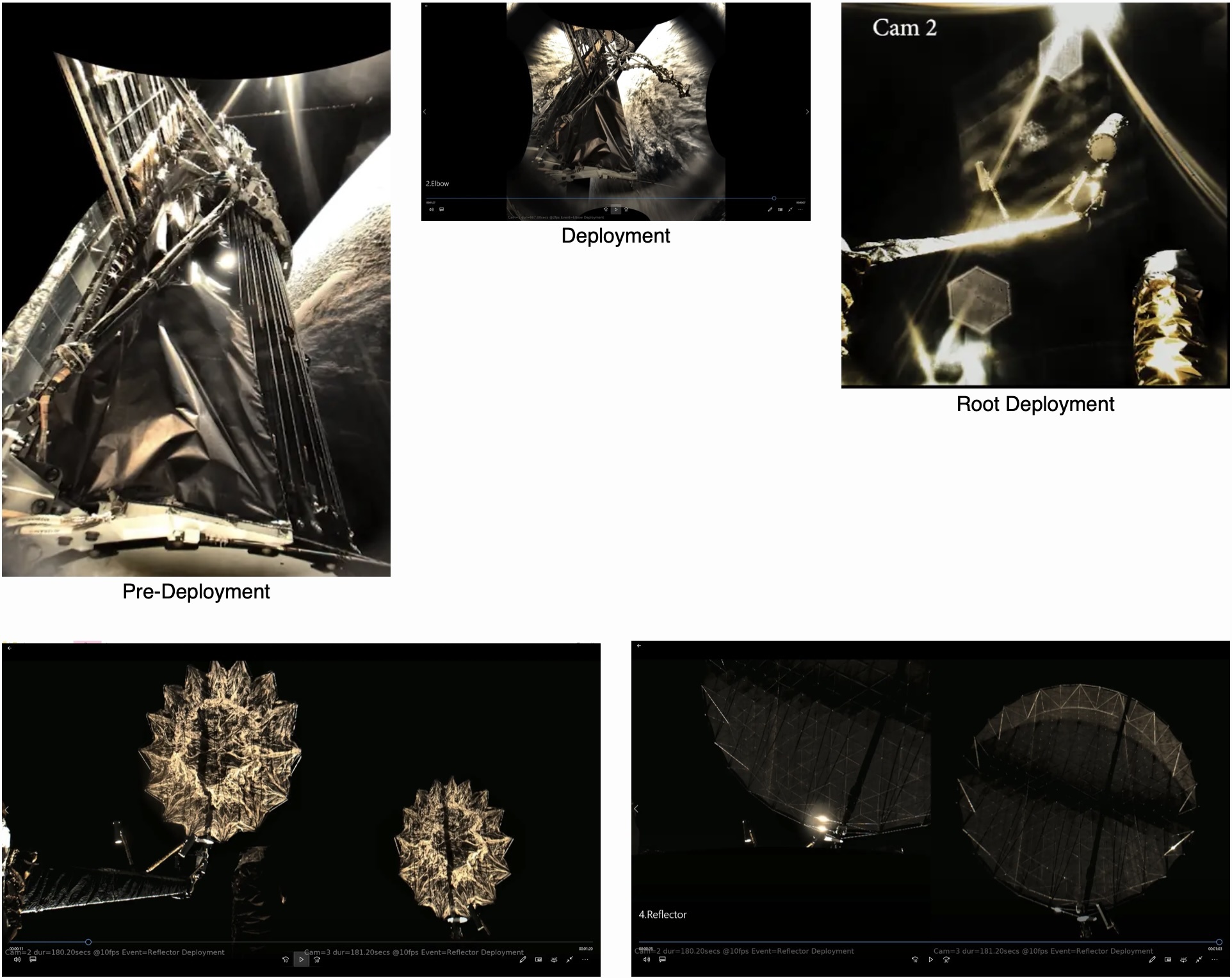
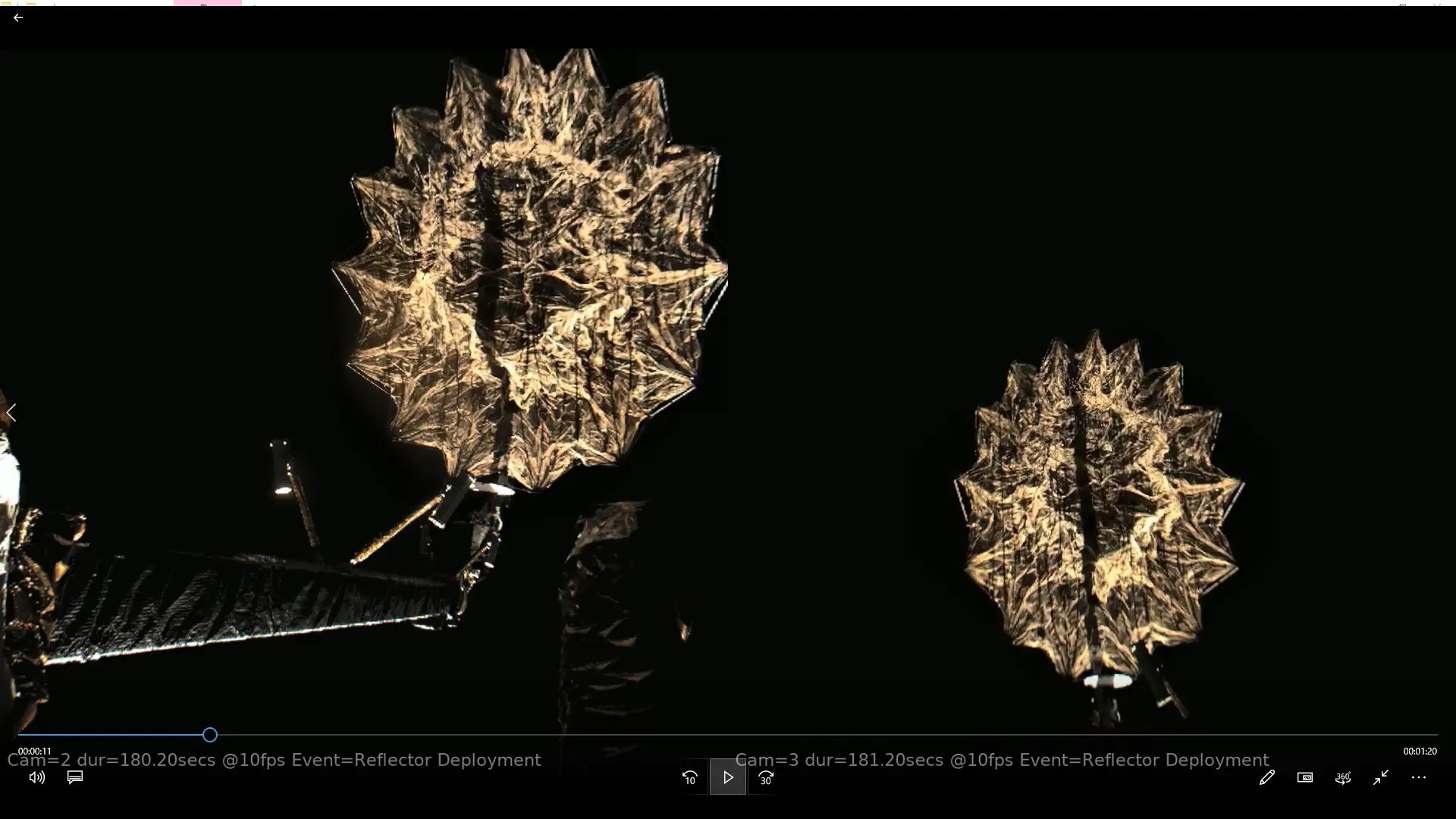
ISRO
Completion of Commissioning Phase:
Since the first acquisition on 19th August, 2025, NISAR S-Band SAR is regularly imaging over Indian Landmass and Global Calibration-Validation sites in various payload operating configurations. Reference targets such as Corner reflectors were deployed around Ahmedabad, Gujarat and a few more locations in India for calibration of the images. Data acquired over Amazon rainforests were also used for calibration of spacecraft pointing and images. Based on this, payload data acquisition parameters were fine-tuned resulting in high quality images. Initial analysis by scientists and engineers revealed the potential of S-Band SAR data for various targeted science and application areas like agriculture, forestry, geo-sciences, hydrology, Polar/Himalayan ice/snow and oceanic studies. The first image of S-band SAR acquired on 19th Aug 2025 captures the fertile Godavari River Delta in Andhra Pradesh, India. Various vegetation classes like mangroves, agriculture, arecanut plantations, acquaculture fields, etc are clearly seen in the image. The image highlights NISAR’s S-Band SAR ability to map river deltas and agricultural landscapes with precision.
In the 100th day of NISAR in-orbit, the S-SAR images are released to the public by Chairman, ISRO/ Secretary DOS. With this, the commencement of science phase has also been announced.
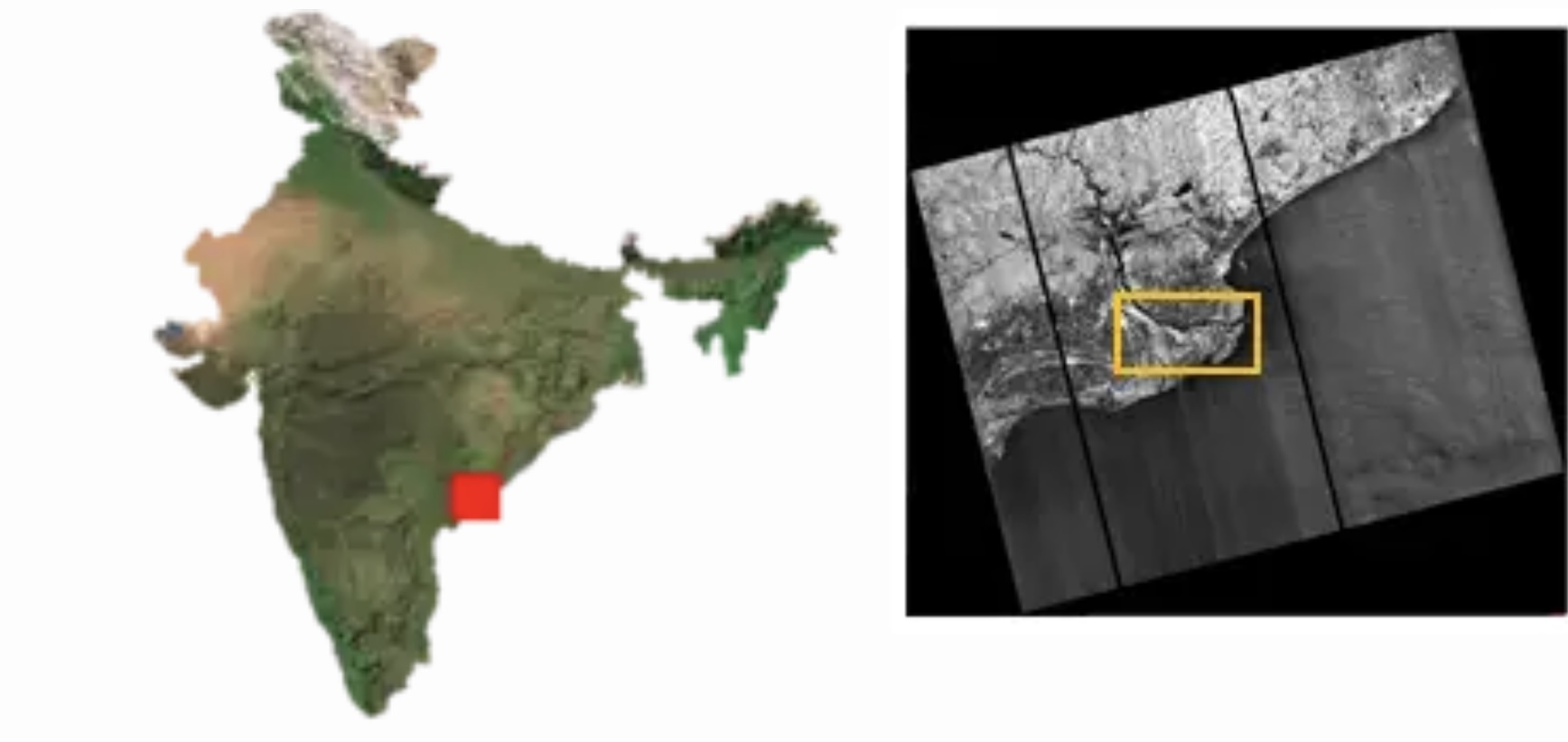
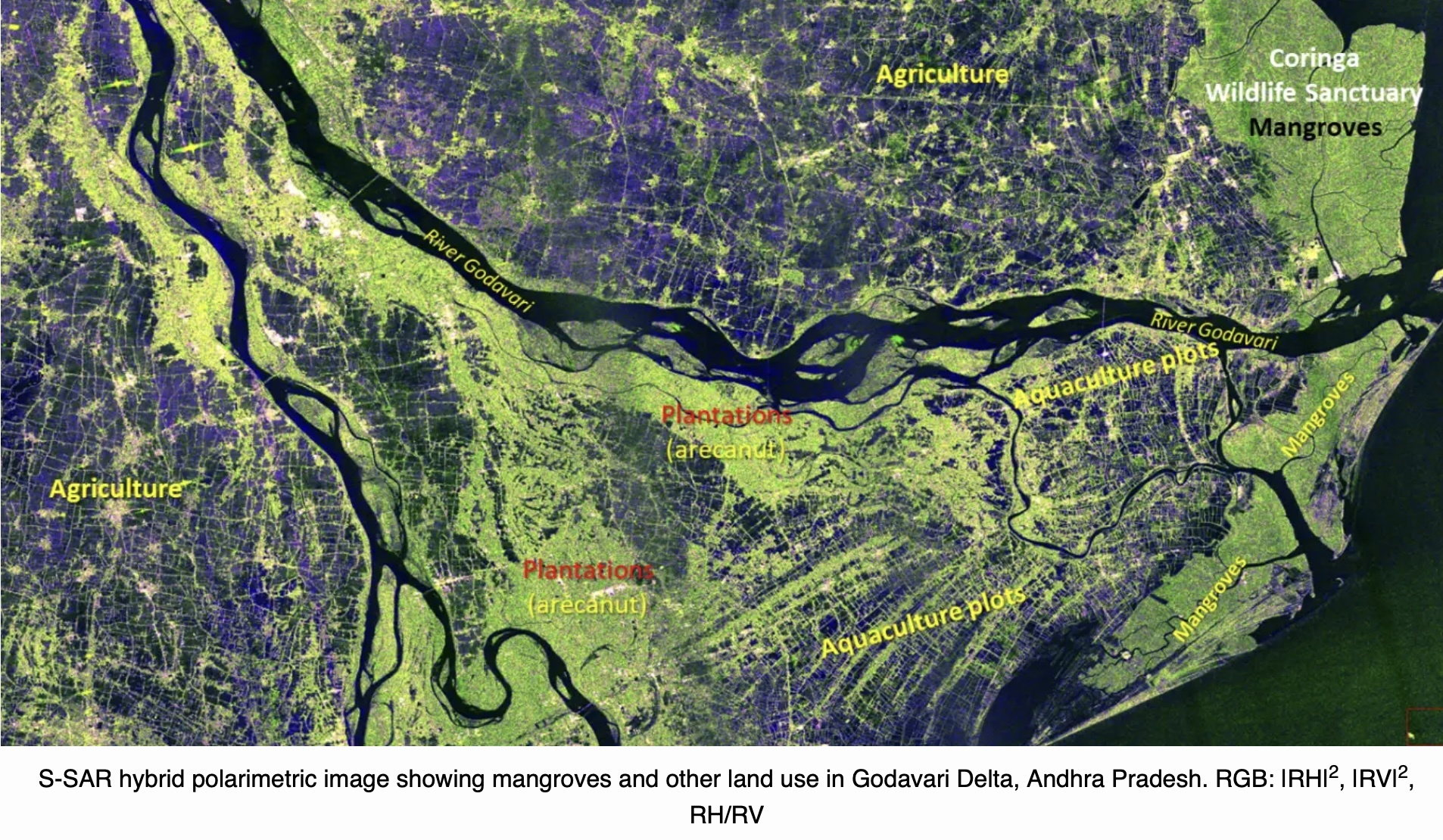
Quelle: ISRO
----
Update: 14.12.2025
.
NASA Satellite Data Could Soon Lead to Safer Bridges Worldwide

Researchers are turning to satellite data to monitor the world’s longest bridges. Due to high costs and logistical challenges, fewer than 1 in 5 bridges extending 492 feet (150 meters) or more have systems installed to track structural changes that might be harbingers of damage or danger. Satellites could more than triple the portion of bridges globally that are actively being monitored for safety and structural health, researchers say.
In a study in Nature Communications, researchers evaluated the feasibility of using a pair of European Space Agency satellites that make up the Sentinel-1 constellation to gather high-resolution radar data from bridges. They found that a data analysis technique known as Multi-Temporal Interferometric Synthetic Aperture Radar (MT-InSAR) can reveal structural displacements as small as a few millimeters. Though tiny, comparable to the thickness of a dime, these small shifts can be evidence of structural weakness.
The researchers hope to soon begin using data from the recently-launched NISAR (NASA-ISRO Synthetic Aperture Radar) satellite, jointly operated by NASA and the Indian Space Research Organisation. NISAR will collect higher resolution data than the Sentinel satellites, which researchers expect will provide more meaningful information for civil engineers keeping an eye on long-span bridges.
On-site inspections and sensors installed on bridges remain crucial for monitoring structural health. But including spaceborne SAR monitoring could expand regular oversight from less than 20% of the 744 long-span bridges worldwide to more than 60%, the researchers say. Satellite data will be particularly useful in remote regions where installing traditional sensors and conducting on-site inspections can be prohibitively expensive.
NISAR will systematically gather imagery of nearly every bridge in the world twice every 12 days. This comprehensive radar time series will make it possible to identify and track subtle changes not only to bridges but also other infrastructure, such as dams, railways, buildings, and levees. NASA’s free and open data policy means that anyone can use NISAR data to evaluate infrastructure.
Quelle: NASA
